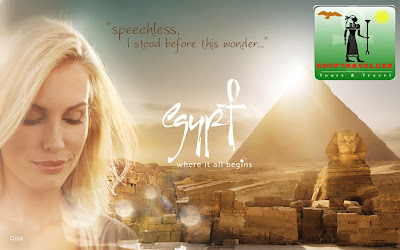Perhaps you dream of seeing Egypt’s iconic sights – the Great Pyramids, the Valley of the Kings, the Sphinx at Giza and the Temple of Abu Simbel. Maybe you want some guaranteed winter sun, relaxing in a luxurious beach resort on the Red Sea riviera. Or perhaps you like the idea of a combination of the two.
Our specialist knowledge, top notch local contacts and great value prices mean that we can find exactly what you are looking for.
When it comes to Nile cruising, it pays to choose a boat with the right combination of comfort, good food, great guides and entertainment to suit you. Our selection ranges from the more intimate Alexander the Great, to the splendid Viking Princess and Royal Viking. Our own Egyptologists are on board and most excursions are included in the price.
The most popular two-centre holiday is our 10-night Classic Egypt holiday which combines a Nile cruise and stay in Cairo where hotel choices range from the resort-style Le Meridien Pyramids and swish Four Seasons Cairo to the elegant Mena House or colonial Concorde El Salam.
Our 14-night Enchanting Egypt holiday includes a seven-night Nile cruise, three nights in Cairo and four nights in the Red Sea resort of El Gouna.
We also offer stays in Luxor, Aswan, Hurghada, Sharm el Sheikh and add-on trips to Jordan including Petra and the Dead Sea.
Find out more about Egyptraveluxe holidays in Egypt and our latest special offers. Also see the best time to visit Egypt.








